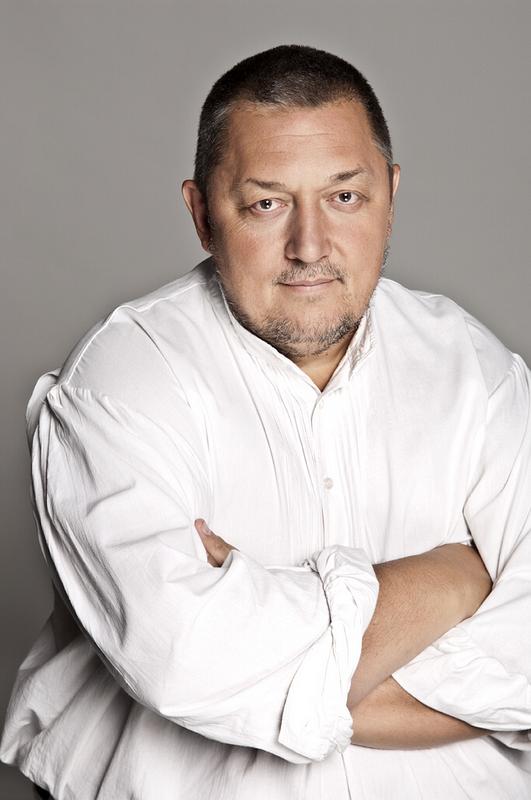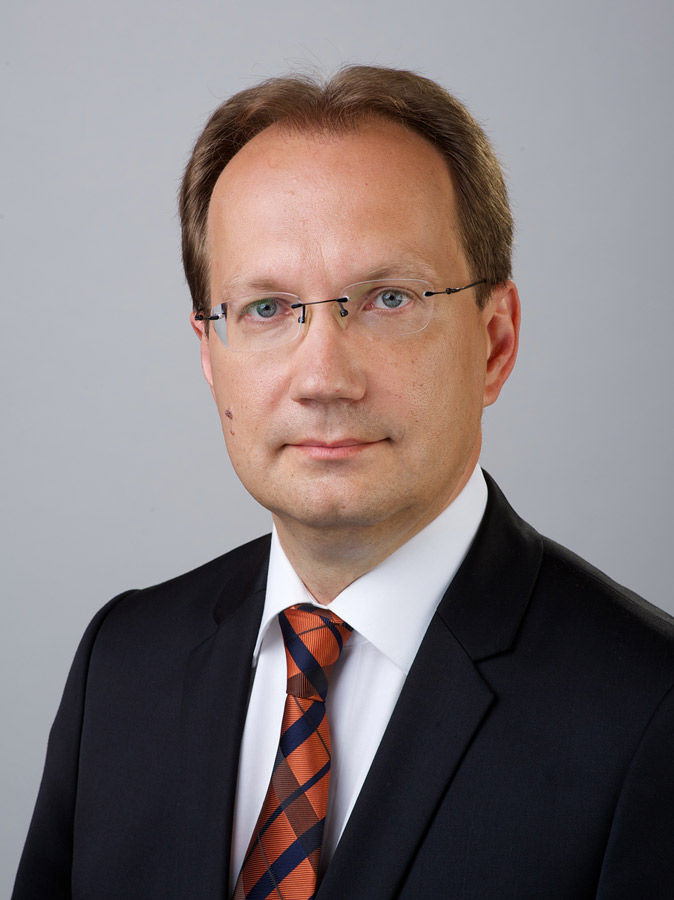MITEM III.
A HARMONY OF MANY COLORS

General Director, National Theatre,
Artistic Director of MITEM
Another extraordinary theatre meeting. This year, 2016, as we prepare for the third Madách International Theatre Meeting, we cannot help but think back on the first two festivals. How did they go? Did they go well? As almost a reflex, we lovingly compare, much as parents do with their children. The comparison is perhaps justified, but we must keep in mind that the three festivals are different and distinctive, and each with its own goals and path, even if they all share the same fundamental idea: the idea of the unbroken success story of the theatre. And with great pride we can list the many contributions that have been made by other European countries to enrich the festival, the compositions, the authors, including Homer, Gombrowicz, Shakespeare, Chekhov, and Novarina, and the plays and performances, which in the hands of the most outstanding directors of our era are transformed into something innovative and distinctive, plays that, like precious stones, embody the very idea of theater, much as the story of Titus Andronicus can find ancient roots in Yakutia. For every truth of the theatre penetrates to the roots, whether we are speaking of Sichuan or Jindo Island in South Korea. But we can see for ourselves, as we will have guests from both places. And much as everyday life, dressed up in disguise, will again be guests of our theatre, the festive moments of the performances will hallmark our everyday lives. There are no borders for people who have at some time believed in the truth of the imagination.
For the theatre gives form to the world much as “truth” forms the space of a play. This is a Newtonian law that penetrates the deepest levels of our physical existence. Perhaps we would not even be able to form an artistic idea if we were not able to take as the foundation of our work the promise of the ritual, of an eternal spiritual order according to which the essential moments in the life of a person “acting” anywhere in the world can only be truly beheld first hand, on the stage. The theatre is this deep. And now we again have a chance to bear witness to the depths and heights that are attained as we join hands with other nations, countries, and continents, since, enriched by their perspectives, we can experience the harmony of our own diverse array of colours.
Knowing this, while first and foremost we build our own Hungarian reality, we gladly look in the mirror held up by others to find affinities and kinships in a world of theatre that strives to express the very essence of humankind through a diverse array of cultures.
***
Greetings, great fans and enthusiasts of the theatre,
Greetings, members of our audiences,

Secretary of State for Culture
Ministry of Human Capacities
“True teaching is teaching that touches life.” So goes an old Chinese saying. With its world-class performances, artistic life in Hungary is capable of lifting one from the humdrum realities of everyday life, while at the same time it engages audiences with the pressing questions that preoccupy society today. But beyond this, as a stirring and engaging world of expression, it can play a major role as a centre and determining force in international artistic life, as indeed MITEM convincingly proves. We are proud of the fact that, as Toni Servillo, actor and director best known for his role in the Oscar Prize-winning film The Great Beauty and a guest of MITEM last year, observed in the course of an interview held in Budapest, “[in Hungary] going to the theatre is still a kind of ritual and necessity.” Indeed it is. It is, furthermore, a measure of cultural life. Hungarians are curious and open to other cultures. We believe that we can only maintain the highest artistic standards if from time to time we are able to familiarize ourselves with the inspirations and promptings, new approaches and solutions, themes, ideas, techniques, and cultural traditions and perspectives of other countries and other peoples. At the same time, going against the currents of the globalization of culture, we believe that values lie hidden in the distinctive traditions of every individual nation that will prove a fount of intellectual and artistic inspiration in the future. By acquainting one another with these traditions, we create truly meaningful, uplifting experiences. It is particularly exciting to watch a familiar classic, something by Chekhov, Shakespeare, or Homer, be performed in another language. In 2015 and 2016, the Hungarian government has provided support in the amount of 200 million forint for the creation of the Madách International Theatre Festival. The festival has drawn a remarkably impressive array of theatre artists to Budapest, demonstrating quite clearly, with an innovative and distinctive repertoire, that Hungary again has become an exciting and inspiring centre of the performing arts, as well as a city in which artists from all over the world hope to be have their premiers performed.
Dr. Péter Hoppál











